Module 6 – Safety

LLM Online
©Arlene R. Taylor, PhD
Module #6 — Safety
True prevention is not waiting for bad things to happen, it's preventing things from happening in the first place.
—Don McPherson
To Begin
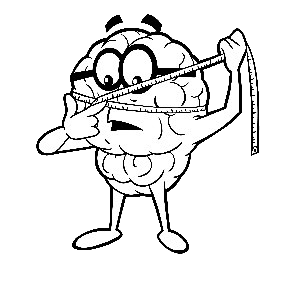 Weigh yourself in your underwear or clothes that you will wear each week on the same scales—no belt, shoes, sweater, or jacket.
Weigh yourself in your underwear or clothes that you will wear each week on the same scales—no belt, shoes, sweater, or jacket.- Measure your waist around the level of your belly button.
- Calculate your Body Mass Index using the BMI chart. Use your height in centimeters.
- Record data on the Weekly Comparison form.
- Write in your own goal on the Daily Goals form (please print form).
- Post the Daily Goals form where you can see it easily. Record your data each day.
Accidents, and particularly street and highway accidents, do not happen—they are caused.
—Ernest Greenwood
Overview
-
Safety is part and parcel of Longevity Lifestyle Matters (LLM) and encompasses a much broader spectrum than many might think. Each LLM strategy is really a preventive brain-body “safety routine,” if implemented consistently. Here are the other 11 strategies, each with a built-in prevention component:Intellectuals solve problems, geniuses prevent them.
—Albert Einstein- Growth mindset and positive self-talk
- High levels of Emotional Intelligence
- Mental and physical exercise
- Optimum sleep
- Adequate hydration
- The right amount of sunshine
- High-quality nutrition (food)
- Frequent laughter
- A solid support network
- Stress-management skills
- High life satisfaction
- Accidents account for many injuries, disabilities, and deaths annually. Although not all accidents are preventable, some estimates suggest perhaps half or more are. Examples of “accidents” include these:
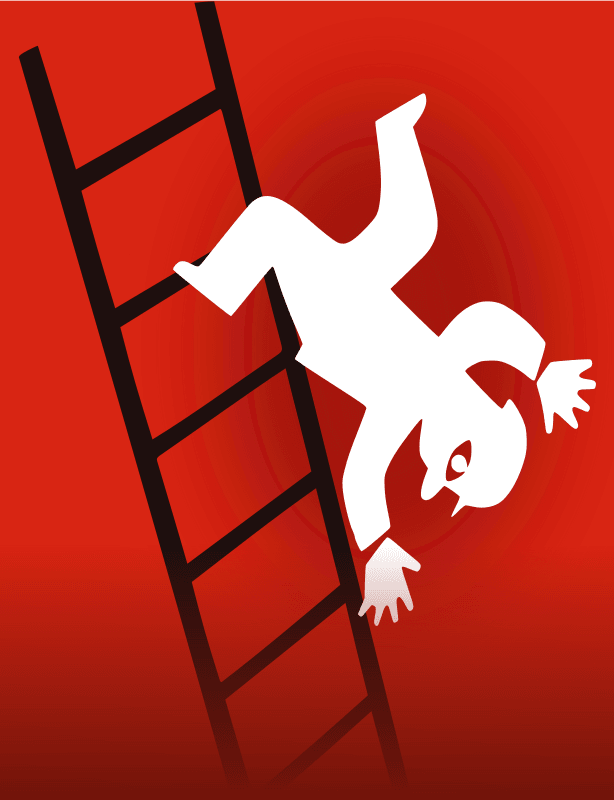
- Falls
- Medical errors resulting in injuries
- Distracted walking, driving, or biking
- Drug complications, legal or illegal
- Firearm accidents
- Accidental poisonings
- Vehicle crashes
- Explosive blasts, combat injuries
- Environmental disasters are typically unavoidable. The effects may be minimized by thinking ahead and following recommendations for increased safety.
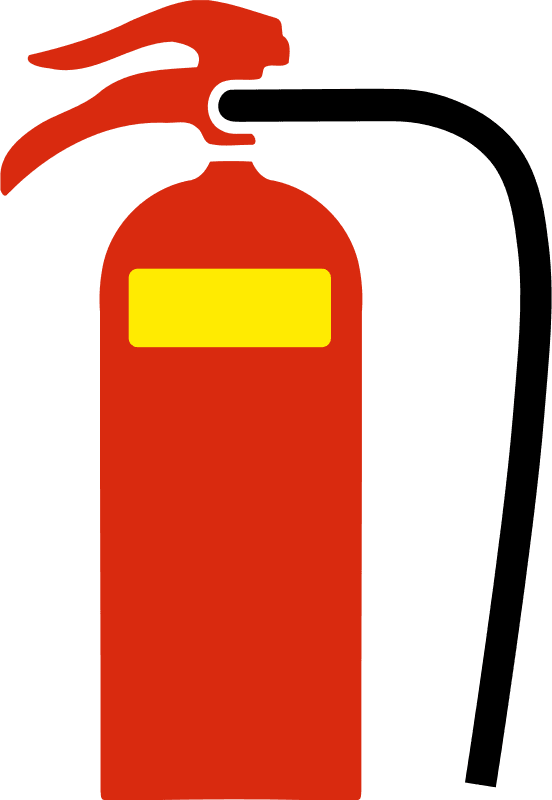 If one occurs, approaching it with a positive, problem-solving attitude will likely be most effective. Examples include:
If one occurs, approaching it with a positive, problem-solving attitude will likely be most effective. Examples include: Volcanic eruptions
Volcanic eruptions- Hurricanes, Tornados
- Earthquakes
- Violent protests
- Extreme temperatures
- Poor air quality from pollution
- Fires
- Epidemics, pandemics, illnesses, and diseases all can cause some type of injury, temporary or permanent. Some are worse than others. If the immune system is functioning at peak performance, recovery is often possible. Examples include:
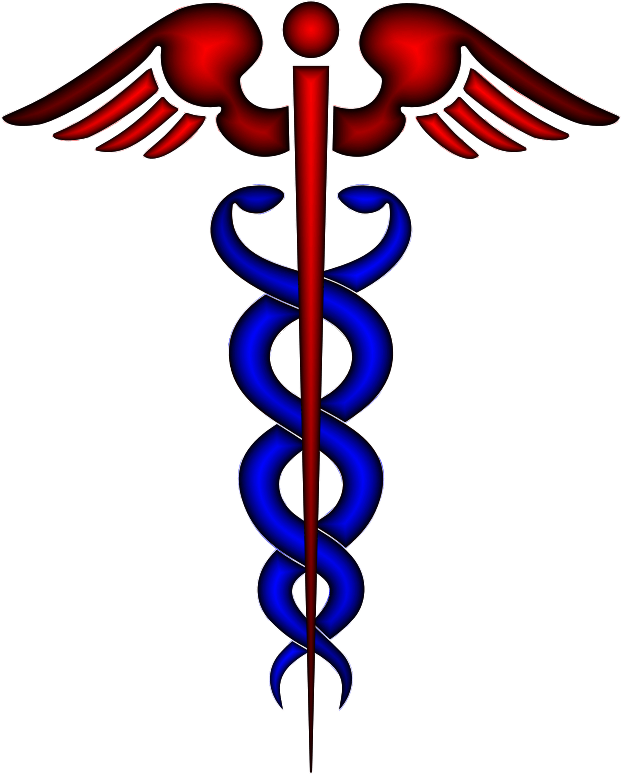
- Influenza or respiratory flu epidemics
- Obesity epidemic
- COVID-19 pandemic
- Anxiety and depression
As many know, brain injury comes in many forms. The two most prevalent brain injuries—stroke and trauma—affect more than 2.2 million Americans, and these numbers are expected to grow.
—Allyson Schwartz
 Reminder: Drink a glass of water to hydrate your brain. View the Educational Video. Stand and walk in place for at least a portion of the video to increase blood flow to your brain.
Reminder: Drink a glass of water to hydrate your brain. View the Educational Video. Stand and walk in place for at least a portion of the video to increase blood flow to your brain.
Science in a Nutshell
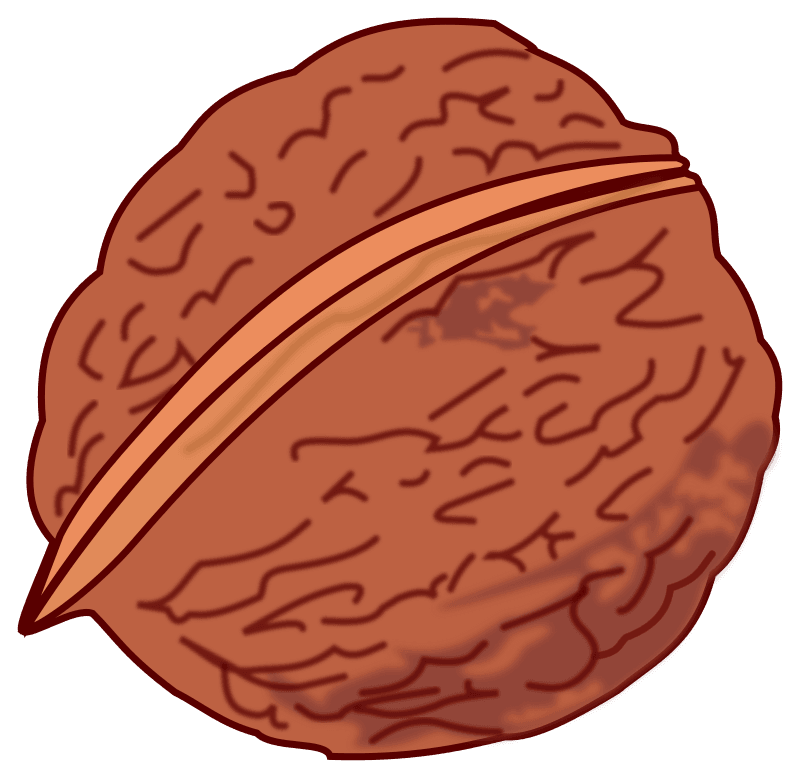 You only have one brain. No replacement is available, so it’s prevention all the way. You only have one body, as well. While a few body-organ replacements exist, they are often less efficient than were the originals. A functional brain in a diseased or damaged body can often accomplish a great deal. But a damaged or diseased brain in an otherwise functional body? Not so much.
You only have one brain. No replacement is available, so it’s prevention all the way. You only have one body, as well. While a few body-organ replacements exist, they are often less efficient than were the originals. A functional brain in a diseased or damaged body can often accomplish a great deal. But a damaged or diseased brain in an otherwise functional body? Not so much.
To transport the brain safely and efficiently, the body needs to be healthy and in a good physical condition. If the body becomes incapacitated and can no longer engage in physical activity and exercise, this will impact the brain negatively. Safety includes paying attention to the researched strategies related to health and longevity of both your brain and body.The chief function of the body is to carry the brain around.
—Thomas A. Edison
- Your brain can only do what it thinks it can do. If you believe in safety you can take reasonable and responsible safety measures. There is a happy medium. No need to be a hypochondriac;
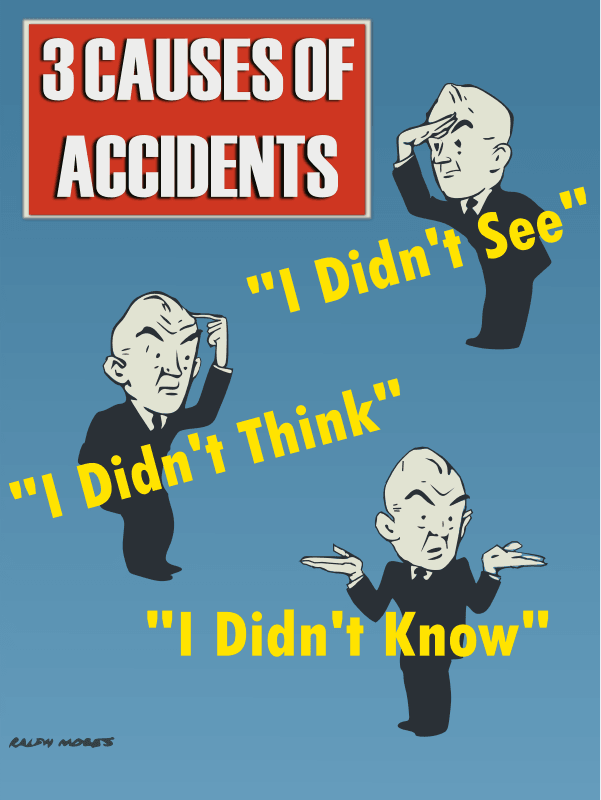 at the same time be wise about seeking help. Being ‘reckless’ and ‘fearless’ is very different from evaluating the potential risk of something, determining what safety precautions make sense, discovering the cost of those safety precautions (if they involve equipment), and then deciding whether or not you want to proceed. Just because a less well-informed daredevil may be willing to risk life and limb, that does not mean you want or need to.
at the same time be wise about seeking help. Being ‘reckless’ and ‘fearless’ is very different from evaluating the potential risk of something, determining what safety precautions make sense, discovering the cost of those safety precautions (if they involve equipment), and then deciding whether or not you want to proceed. Just because a less well-informed daredevil may be willing to risk life and limb, that does not mean you want or need to.
-
The first time you do something, your brain lays out the outline of new software in case you want to do it again. Since it is always easier to do something a second time, that speaks to the benefits of “practice.” The bad news is that the brain can end up developing some pretty unsafe habits because you “did something once.” Safety involves proactive thinking, evaluation of pros and cons, and mindfulness that makes informed choices toward safety. Think ahead. Make an informed decision about what you choose to do once. In other words, safety is a mindset!Avoid learning safety by accident.
—Old Proverb
Diseases can rarely be eliminated through early diagnosis or good treatment, but prevention can eliminate disease.
—Denis Parsons Burkitt
Matter of Fact
1st –
Traumatic Brain Injury. A TBI is a major cause of disability and death in the United States. It can result from a violent blow or jolt to the head, or an object that penetrates brain tissue, such as a bullet or shattered piece of skull.  A mild TBI may affect your brain cells temporarily. Repeated mild trauma and/or a more-serious TBI can result in bruising, torn tissues, bleeding and other physical damage to the brain—which can result in long-term complications or death. Causes include:
A mild TBI may affect your brain cells temporarily. Repeated mild trauma and/or a more-serious TBI can result in bruising, torn tissues, bleeding and other physical damage to the brain—which can result in long-term complications or death. Causes include:
- Falls and vehicle accidents
- An infant or toddler is shaken forcibly enough to cause the brain to bounce back and forth against the skull (Shaken Baby Syndrome).
 Dementia Pugilistica that results from repeated cerebral concussions that can range from mild to life-threatening.
Dementia Pugilistica that results from repeated cerebral concussions that can range from mild to life-threatening.- Violence, domestic violence, abuse
- Sports including soccer, boxing, football, baseball, lacrosse, skateboarding, hockey, and other high-impact or extreme sports.
Those involved with boxing, football, rugby, soccer are at higher risk. As Bob Fitzsimmons has pointed out, the National Football League acknowledges that repetitive trauma to the head in football can cause a “permanent, disabling injury to the brain.”
| An ounce of prevention is worth a pound of cure is understated. —Warren Buffett |
Symptoms of TBI can include headache, confusion, lack of coordination, memory loss, nausea, vomiting, dizziness, ringing in the ears, sleepiness, excessive fatigue, weakness in the lower limbs, unsteadiness of gait, slowness of muscular movements, hand tremors, hesitancy of speech, and cognitive impairment. Although some concussions are less serious than others, there is no such thing as a minor concussion. Some have explained that a single mild concussion may not result in permanent damage; however, a second concussion soon after need not be very strong for its effects to be permanently disabling. Charlie Cox has pointed out, “There is no reparative treatment for traumatic brain injury. All we can do now is try to prevent secondary damage by relieving pressure on the brain caused by the initial injury.” That is what makes prevention so critical!
Getting punched in the face with a padded glove doesn't really hurt your face. It doesn't hurt your skull. The only thing it hurts is your brain. You can feel the brain injury happening. It's an instant headache.
—Jonathan Gottschall
2nd –
Strokes. A stroke or cerebral vascular accident (CVA) is another common injury. It can occur when blood flow is cut off to an area of the brain, as seen on a brain scan. 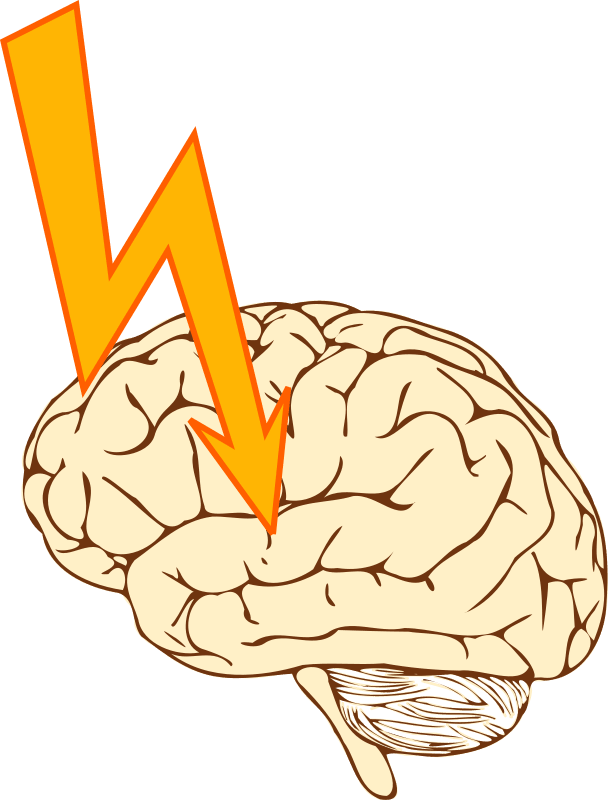 Deprived of vital oxygen and glucose, the cells die. If not caught early, permanent brain damage can occur, sometimes leading to death. Ischemic strokes account for about 80 percent of all strokes. They can be caused by a blood clot that blocks the brain’s blood vessels or by fatty deposits and cholesterol (plaque) that have a similar effect.
Deprived of vital oxygen and glucose, the cells die. If not caught early, permanent brain damage can occur, sometimes leading to death. Ischemic strokes account for about 80 percent of all strokes. They can be caused by a blood clot that blocks the brain’s blood vessels or by fatty deposits and cholesterol (plaque) that have a similar effect.
| Healing is a matter of time, but sometimes it is also a matter of opportunity. ―Hippocrates |
Hemorrhagic strokes occur when a blood vessel in the brain breaks or ruptures allowing blood to damage brain cells. Common causes of hemorrhagic stroke are high blood pressure (contributing to more than 12.7 million strokes worldwide) and brain aneurysms, a weakness in a blood-vessel wall. About 15 million people suffer stroke worldwide each year. Of these, one third die and another one third are permanently disabled. (WHO)
Safety is something that happens between your ears, not something you hold in your hands
―Jeff Cooper

Reminder: Drink a glass of water to hydrate your brain.
3rd –
Lowering Stroke Risk. Every 40 seconds, someone in the United States experiences a stroke medical emergency—ischemic or hemorrhagic. Obtaining treatment as soon as possible is critical to reducing possible long-term complications and disabilities. While not all strokes can be prevented, following are examples of how you may be able to lower your risk significantly:
- High blood pressure is the #1 cause of stroke, contributing to more than half of the strokes and raising your risk by 4-6 times. Reduce sodium (salt) and avoid trans fats and other processed foods that can raise blood pressure.
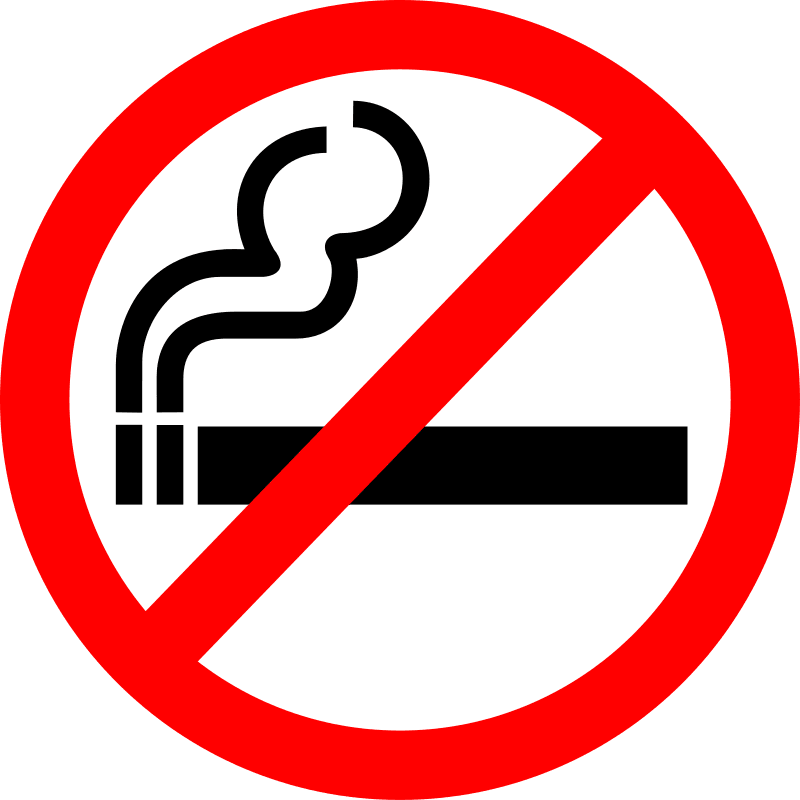 Smoking can double your risk of strokes as nicotine raises your blood pressure, and the smoke’s carbon monoxide can lower the amount of oxygen to your brain. Even breathing second-hand smoke increases your risk.
Smoking can double your risk of strokes as nicotine raises your blood pressure, and the smoke’s carbon monoxide can lower the amount of oxygen to your brain. Even breathing second-hand smoke increases your risk.- Lack of physical exercise can lead to obesity, high cholesterol, diabetes, and high blood pressure—a recipe for stroke.
- Eat healthfully and manage your weight. Avoid fast foods and processed foods. Eat fresh fruits and veggies every day. Choose lean proteins and high-fiber foods. Stay away from trans fats and saturated fats, which can clog your arteries.
 Get help for symptoms of sleep apnea which can increase your risk of stroke by raising your blood pressure and reducing the oxygen your brain requires.
Get help for symptoms of sleep apnea which can increase your risk of stroke by raising your blood pressure and reducing the oxygen your brain requires.- Learn as much as possible about your generational health because prevention strategies can sometimes be implemented. Identify your personal safety risks and find ways to avoid what you can and better manage what you cannot. Do what you can! If you are at higher risk for stroke, all the more reason to become dedicated to a preventive longevity lifestyle. For example:
- Those over the age of 55 have a higher risk.
- African Americans are at higher risk.
- Males have a higher risk than females, but women are more likely to die from a stroke.
- Hormone therapies that include estrogen increase risk.
- If you have diabetes, control it carefully with the help of your physician or healthcare provider.
You don’t need to know the whole alphabet of Safety. The A, B, C of it will save you if you follow it:
Always Be Careful.
―Colorado School of Mines
4th –
Communicable diseases. Illnesses caused by pathogenic organisms regularly create local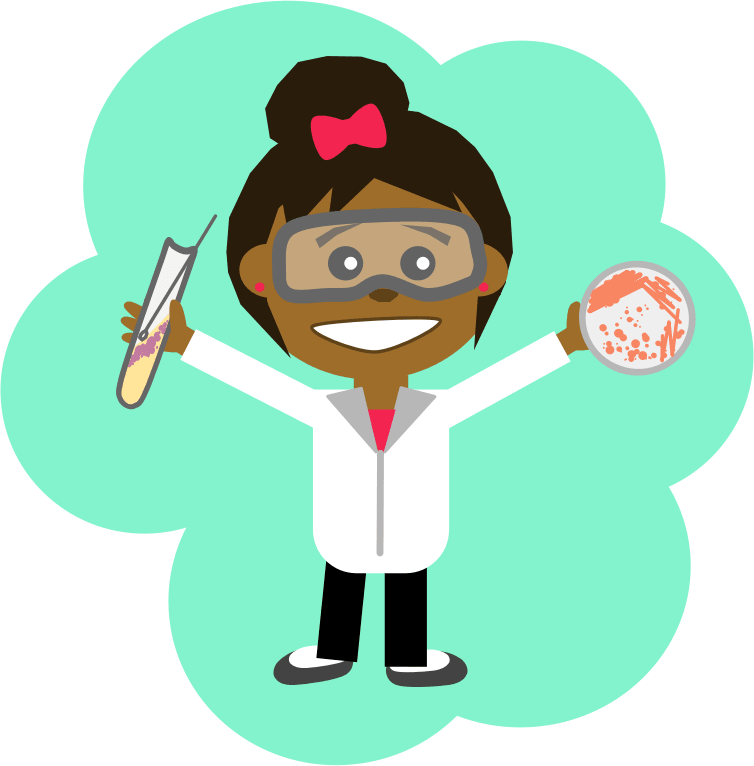 epidemics and sometimes pandemics. Influenza or respiratory flu (different from stomach flu) is one example. It is caused by a virus that infects the respiratory tract (lungs) and is very common. The virus—carried through the air—spreads easily through coughing, sneezing, singing, and talking. Typical symptoms include fever, sore throat, runny nose, chills, fatigue, and sometimes aching.
epidemics and sometimes pandemics. Influenza or respiratory flu (different from stomach flu) is one example. It is caused by a virus that infects the respiratory tract (lungs) and is very common. The virus—carried through the air—spreads easily through coughing, sneezing, singing, and talking. Typical symptoms include fever, sore throat, runny nose, chills, fatigue, and sometimes aching. 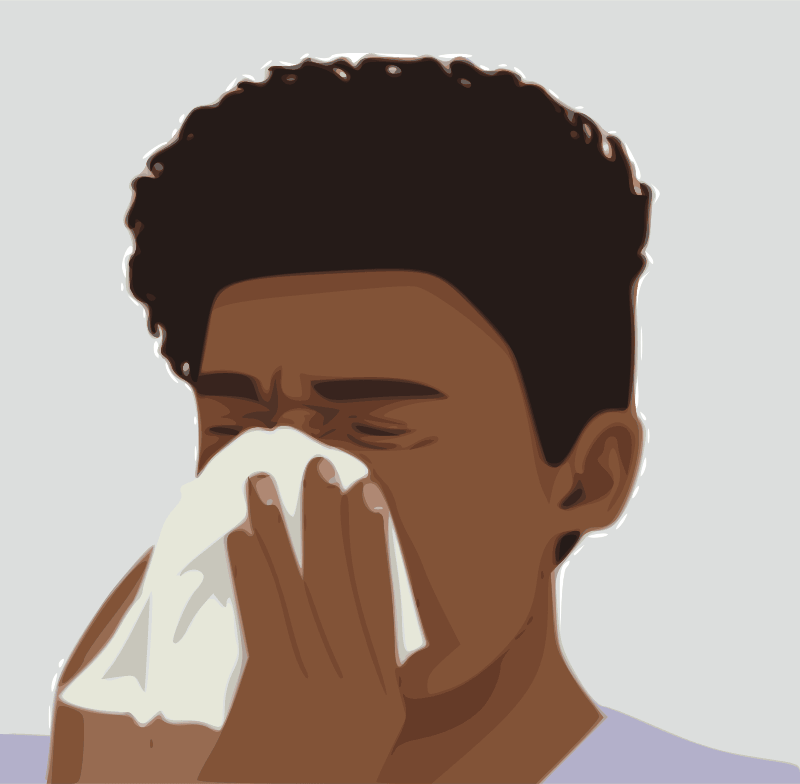 The symptoms may last for a few days or for weeks. In most cases, influenza rarely requires lab tests or imaging. Depending on the severity of illness, however, treatment from medical professionals is definitely advised. Influenza viruses are known for their ability to “mutate,” i.e., change their character or DNA just enough so last year’s vaccine is unhelpful in preventing this year’s variant.
The symptoms may last for a few days or for weeks. In most cases, influenza rarely requires lab tests or imaging. Depending on the severity of illness, however, treatment from medical professionals is definitely advised. Influenza viruses are known for their ability to “mutate,” i.e., change their character or DNA just enough so last year’s vaccine is unhelpful in preventing this year’s variant.
The duration and severity of influenza epidemics vary depending on the virus subtype involved. Many individuals have a very mild case. WHO estimates that influenza epidemics annually result in up to five million cases of severe illness and a quarter to a half-million deaths worldwide.
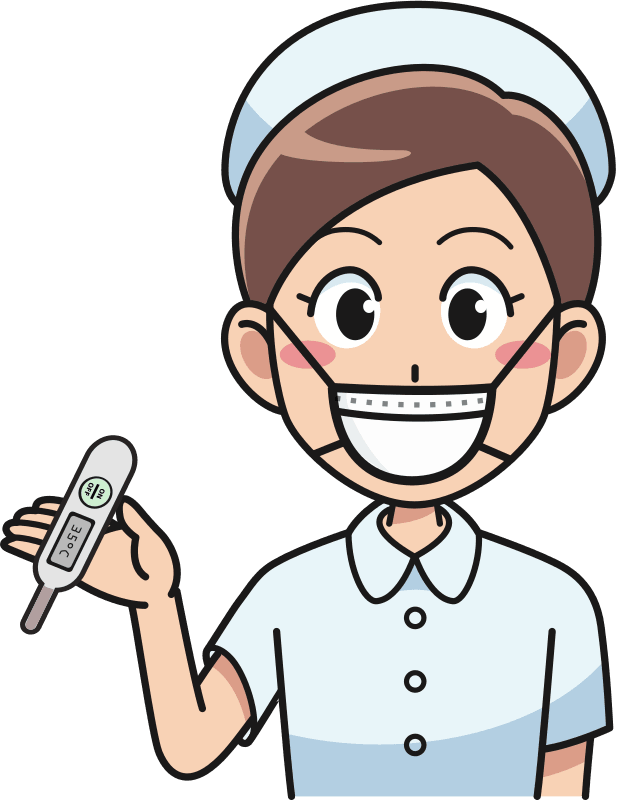 In the United States, the CDC estimates that, since 2010, influenza has annually resulted in between 9–45 million illnesses, between 140,000–810,000 hospitalizations, and between 12,000–61,000 deaths. (Recent pandemic data are not included.)
In the United States, the CDC estimates that, since 2010, influenza has annually resulted in between 9–45 million illnesses, between 140,000–810,000 hospitalizations, and between 12,000–61,000 deaths. (Recent pandemic data are not included.)
The real enemy of safety is not non-compliance but non-thinking.
―Rob Long
5th –
| Safety is not a gadget but a state of mind. ―Eleanor Everest Freer |
Immune System. If everything went well, you arrived on this planet with a built-in safety-protection program: the Immune System. Know your body and how it functions when you feel good and have lots of energy. In general, if you get sick and then get well, this system helped you heal. It is also designed to protect you from harmful pathological organisms and other substances that can do you in. Your level of health and length of lifespan are related to how well your immune system works. It takes a long time for the immune system to fail and even longer to repair itself. But it often can—yet another example of how prevention beats cure. The immune system has four main functions:
- To recognize what is supposed to be part of you and what isn’t. (One of the problems with organ replacement is that the body knows it isn’t supposed to be part of you.)
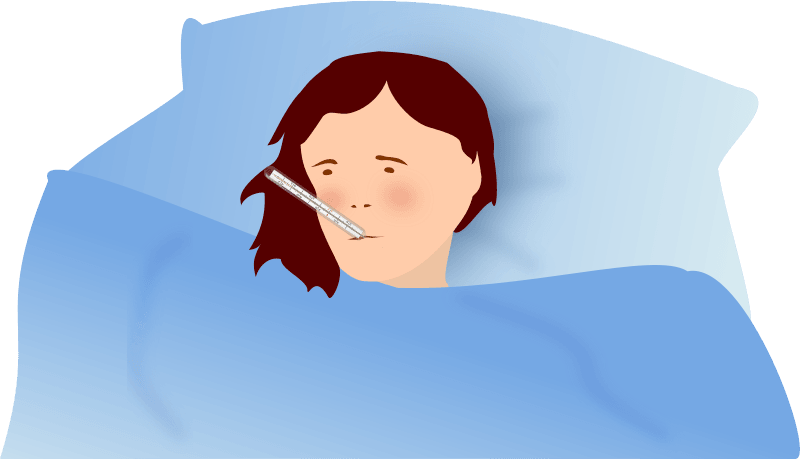
- To destroy foreign invaders and build antibodies to fight against an estimated 10 million different organisms, in case they ever show up again.
- To delete abnormal cells including mutations, that can form tumors and cancers.
- To keep things tidy and clean by getting rid of waste products.
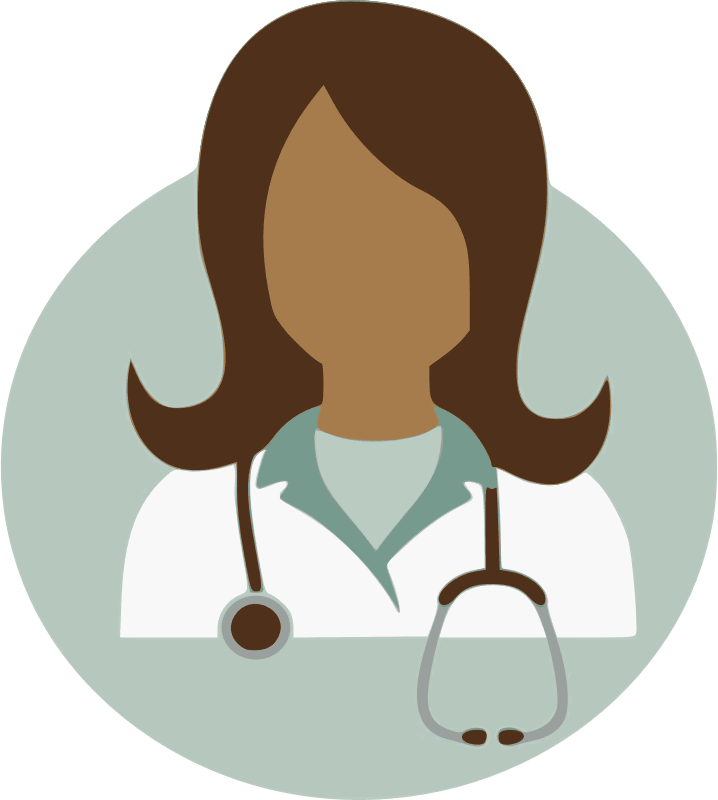 Estimates are that 85 percent of all illnesses are within reach of the immune system for healing—and perhaps more than half of those potentially could have been prevented.
Estimates are that 85 percent of all illnesses are within reach of the immune system for healing—and perhaps more than half of those potentially could have been prevented.
A balanced Longevity Lifestyle is one of the best ways to support your immune system.
Your singular duty to the immune system is to develop a lifestyle that will support its constant defense work on your behalf. How you live day by day determines whether your immune system works at peak levels or is inhibited by neglect and even abuse.
―Neil Nedley, MD
 Reminder: Drink a glass of water. Listen to Chapter 8 of “Just the Facts.” If possible, walk around the room while you listen. At least walk in place.
Reminder: Drink a glass of water. Listen to Chapter 8 of “Just the Facts.” If possible, walk around the room while you listen. At least walk in place.
6th –
| Carefulness costs you nothing. Carelessness may cost you your life. ―Old Proverb |
Daily Precautions. Many a life might have lived and thrived successfully for another decade or two, never mind a lifetime, had the individual not experienced broken bones or head injuries or sexually-transmitted diseases or illness related to addictive behaviors. Be proactive about safety on a daily basis. Knowing is one thing; implementing what you know is another.
- Protect your mind. Avoid exposing it to negative pictures, images, or ideas that might return to disturb sleep or trigger undesirable behaviors or prompt actions that might result in injury or death.
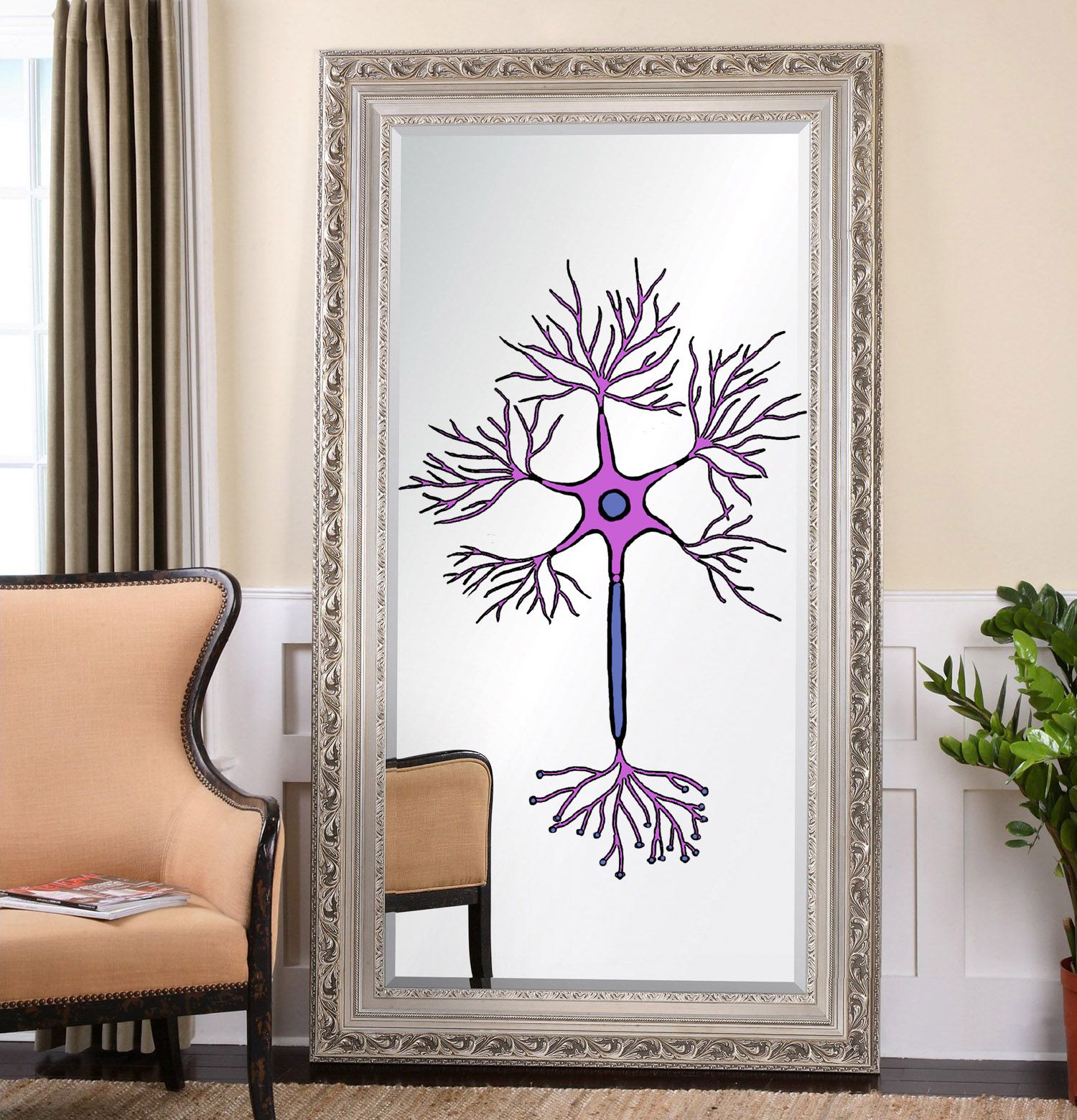 Remember that mirror neurons behind your forehead fire when you watch others doing things—acting as if you are looking into a mirror and doing the same things yourself.
Remember that mirror neurons behind your forehead fire when you watch others doing things—acting as if you are looking into a mirror and doing the same things yourself.
- Avoid substances that may negatively damage the brain’s neuronal control centers. Minimize the use of alcoholic beverages. If you choose to drink, do not drive! Avoid exposure to street drugs and other substances that can negatively alter brain function.
- Be careful about addictive behaviors. You can become addicted to your own internal body substances. For example, an addiction to endorphins from over-exercising and adrenalin and dopamine from allowing yourself to get angry and act out.
- If you smoke, stop. If you don’t, never start. Avoid tobacco, breathing in side-stream smoke, vaping, vehicle exhaust, environmental air pollution, and smoke from fires. All these reduce oxygen levels to the brain. Fire smoke particles may lodge permanently in your lungs. Wear a mask if air quality is poor.
- Protect your head. Wear a helmet when bike riding or engaging in any activity that has a higher risk of head injuries. Objects falling on your head can cause fractures, concussions, or worse.
Skull fractures involve cracks in one or more of the bones that form the skull. One main benefit of helmets is to prevent skull fractures. Concussions can cause episodes of unconsciousness. They are a result of blunt force trauma to the head and can cause damage to the underlying areas of the skull such as the membranes, blood vessels, and brain tissue.Safety is not expensive, it is priceless.
―Jerry Smith
- Fall-proof your home. This can include removing small area rugs, runners, and anything else that can be a tripping hazard. Use sturdy stepstools when reaching for high objects. Be careful with ladders—and stay off the roof.
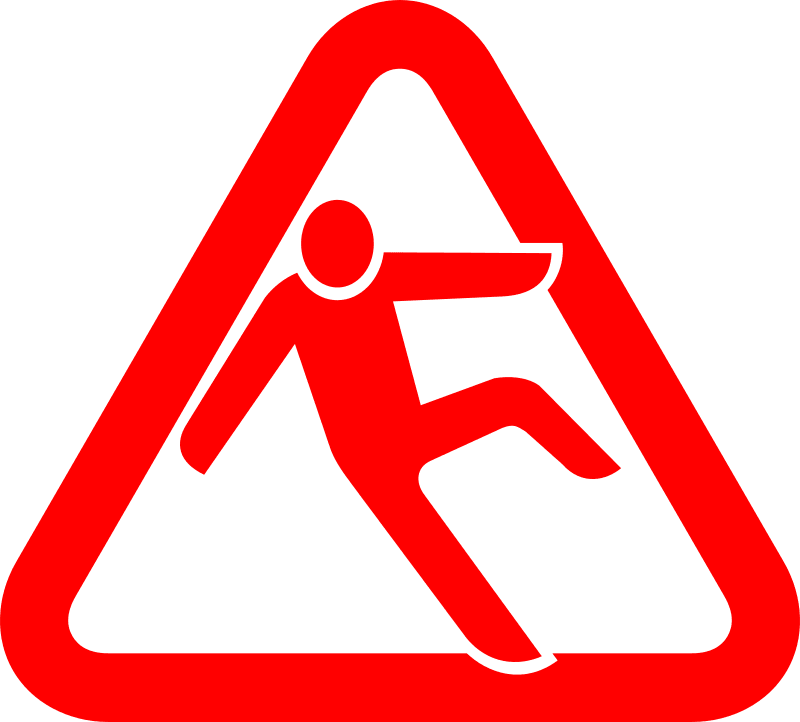 Be wise and leave those activities to those experts who tend to make high-risk activities look easy. Wear “sensible” shoes suited to the specific activity you are doing. As one person put it, “Wearing high heels while climbing a ladder is a no-brainer ”
Be wise and leave those activities to those experts who tend to make high-risk activities look easy. Wear “sensible” shoes suited to the specific activity you are doing. As one person put it, “Wearing high heels while climbing a ladder is a no-brainer ”
Employees who report receiving recognition and praise within the last seven days . . . have better safety records.
―Tom Rath
7th –
Prevention. Thomas A. Edison is credited with saying, “The doctor of the future will give no medication but will interest his patients in the care of the human frame, diet, and in the cause and prevention of disease.” While genuine accidents do occur, prevention—which isn’t rocket science—can be very helpful. It does require thinking ahead and being mindful and alert in the moment. Here are several preventive safety tips.
- Protect your hearing. Deficits are linked with an increased risk for dementia. What you take in through sound provides needed stimulation to your brain.
 Follow the 60/60 rule for music: listen with headphones at no more than 60 percent volume for no more than 60 minutes a day. Earbuds are especially high risk, as many of them fit close to the eardrum. Over-the-ear headphones are a safer choice.
Follow the 60/60 rule for music: listen with headphones at no more than 60 percent volume for no more than 60 minutes a day. Earbuds are especially high risk, as many of them fit close to the eardrum. Over-the-ear headphones are a safer choice.  (WHO) Carry earplugs including music earplugs that can reduce sound by about 20 dB and lower amplitude evenly across all frequencies without distorting the sound. Wear hearing protection at loud church, rock, or other musical events; in loud commercial or recreational environments; on long intercontinental flights; and if you or others are firing weapons.
(WHO) Carry earplugs including music earplugs that can reduce sound by about 20 dB and lower amplitude evenly across all frequencies without distorting the sound. Wear hearing protection at loud church, rock, or other musical events; in loud commercial or recreational environments; on long intercontinental flights; and if you or others are firing weapons. - There are no replacements for eyes. Protect them when involved in activities that could trigger flying debris. This may mean wearing clear glasses even if you do not need glasses ordinarily.
 This includes wearing dark glasses on bright sunny days to help reduce a risk for macular degeneration. Avoid looking directly at the sun even when wearing dark glasses as this can permanently damage parts of the eye. Wear protective glasses to screen out blue light waves when using electronic equipment.
This includes wearing dark glasses on bright sunny days to help reduce a risk for macular degeneration. Avoid looking directly at the sun even when wearing dark glasses as this can permanently damage parts of the eye. Wear protective glasses to screen out blue light waves when using electronic equipment. - Avoid distracted walking, biking, skating, skateboarding, and driving. Wear seatbelts when in vehicles. (You know the drill!) Thousands of individuals each year are injured because of distractions, including trying to receive or send phone messages while doing another activity that requires cognitive attention.
| Where there is injury let me sow pardon. ―Francis of Assisi |
- Think ahead when planning recreational activities or engaging in sports. Some put you at higher risk for injury than others. Pay attention when something changes or does not “feel” or “seem” right.
- Protect your digestive system from low-quality foods and beverages—anything that could diminish its effectiveness. Digestion converts the foods you eat to a form the brain can use. Food can be a medicine or a poison. Even the over-eating of “quality” food can clog the system.
- Avoid dehydration like the proverbial plague—prevent dementia due to brain shrinkage,
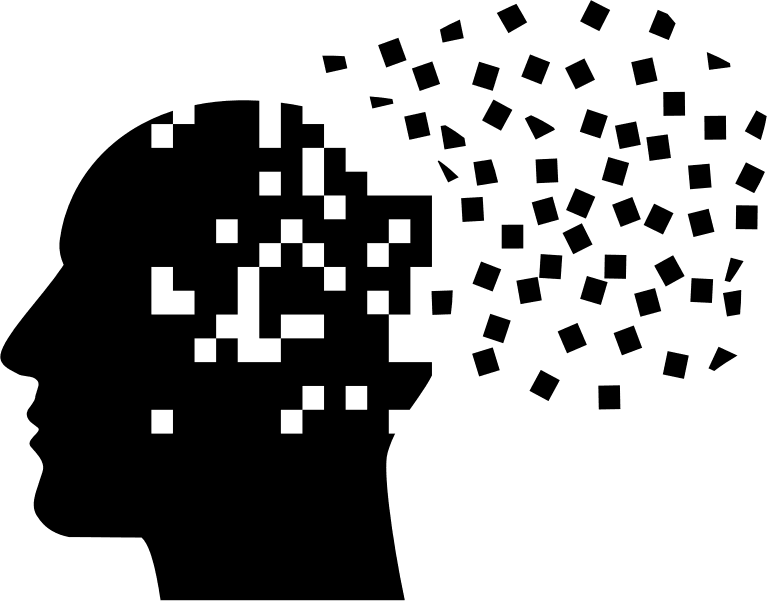 which one person described as feeling like pieces of the brain were “leaving on vacation, never to return.”
which one person described as feeling like pieces of the brain were “leaving on vacation, never to return.” - Minimize use of alcohol. Too much can raise blood pressure and triglycerides. Binge drinking can trigger atrial fibrillation that can impact blood flow and resources to the brain.
When something bad happens, you have three choices. You can let it define you, let it defeat you, or you can learn from it and let it strengthen you.
―Old Proverb
 Reminder: Drink a glass of water. Watch the short Birds & Brains video. Stand and walk in place for at least part of the video.
Reminder: Drink a glass of water. Watch the short Birds & Brains video. Stand and walk in place for at least part of the video.
Practical Applications
- Salt (sodium) is already in processed and restaurant foods so there is not much you can do about that except moderate their use. You can limit your use of added table salt while cooking and at the table and/or using non-sodium products. Eating foods high in potassium can help to equalize a sodium-potassium balance, however, lowering sodium intake is key to this. Read labels carefully. The same foods may have differing sodium, MSG, sugar, and hydrogenated fat content in different brands. Use natural unprocessed foods whenever possible, which contains no added sodium.
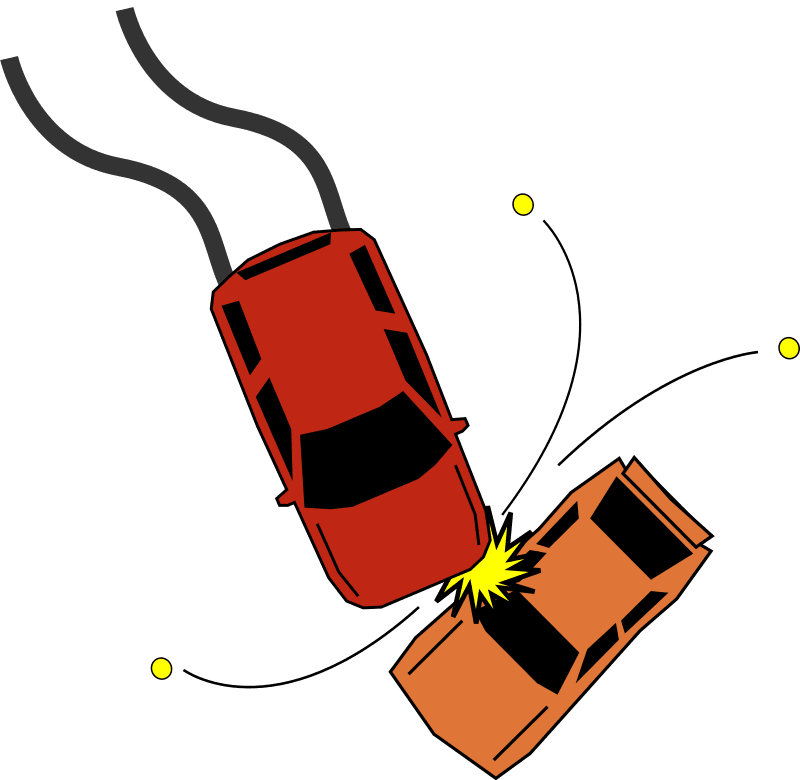 Always use protective equipment when engaged in any activity that has a higher risk for injuries. This includes wearing seatbelts in vehicles and using car seats for babies and young children, as vehicle accidents majorly contribute to brain and body injuries. There are some replacements available for body parts, but they do not always perform as well as the original organs--and zero replacements for the brain!
Always use protective equipment when engaged in any activity that has a higher risk for injuries. This includes wearing seatbelts in vehicles and using car seats for babies and young children, as vehicle accidents majorly contribute to brain and body injuries. There are some replacements available for body parts, but they do not always perform as well as the original organs--and zero replacements for the brain!- Be proactive in avoiding exposure to communicable diseases whenever possible.
 If exposure is unavoidable, use recommended prevention tips such as wearing a face mask. If you are sick, think of others as well and how you can prevent transmission of the pathogenic organism.
If exposure is unavoidable, use recommended prevention tips such as wearing a face mask. If you are sick, think of others as well and how you can prevent transmission of the pathogenic organism.
There is no medicine you can take that will replace what you can do for your own health.
―Aarti Patel

Reminder: Drink a glass of water as you dig into this last section. How are you choosing to apply this information practically in your everyday life?
Think & Do
- Safety matters. What safety measures are you building into your daily routine?
Safety begins with the decisions you make about everyday life, such as making good decisions.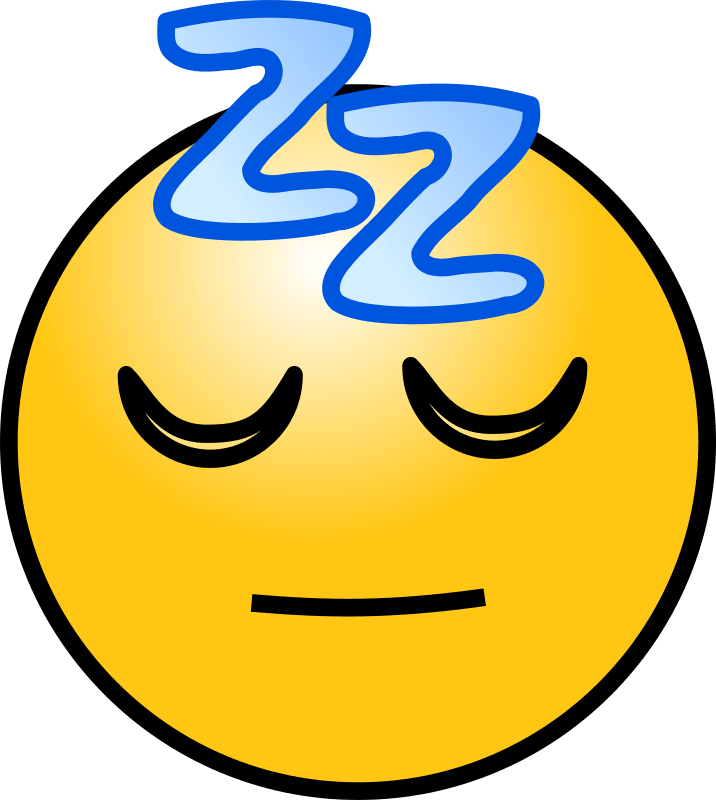 Tell yourself what to do (avoid talking about what not to do), get mental and physical exercise, give your brain the sleep it needs, and keep your brain and body well hydrated. Each of these is a safety measure.
Tell yourself what to do (avoid talking about what not to do), get mental and physical exercise, give your brain the sleep it needs, and keep your brain and body well hydrated. Each of these is a safety measure. - What steps are you taking to lower your risk for cardiovascular diseases including strokes and heart attacks.
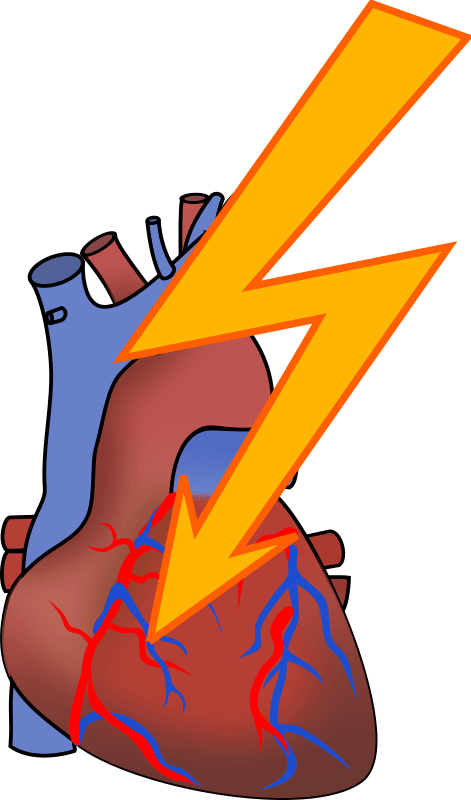 For example, do you regularly salt your food at the table, sometimes even before tasting it? If so, you might want to replace that behavior. Some recommend drinking a glass of water prior to going to bed to help prevent dehydration during sleep hours and decrease a risk of stroke.
For example, do you regularly salt your food at the table, sometimes even before tasting it? If so, you might want to replace that behavior. Some recommend drinking a glass of water prior to going to bed to help prevent dehydration during sleep hours and decrease a risk of stroke. - What steps have you taken to reduce the risk of accidents?
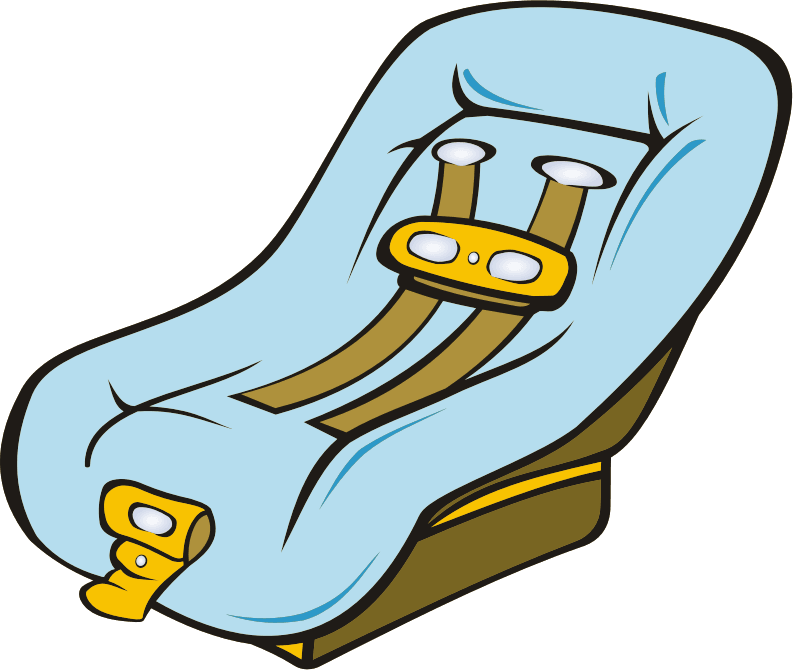 Accidents are not always preventable—which is why they are called “accidents.” Perhaps more than half are preventable, however.
Accidents are not always preventable—which is why they are called “accidents.” Perhaps more than half are preventable, however. - Do you have a family history that can increase your risk for conditions such as diabetes?
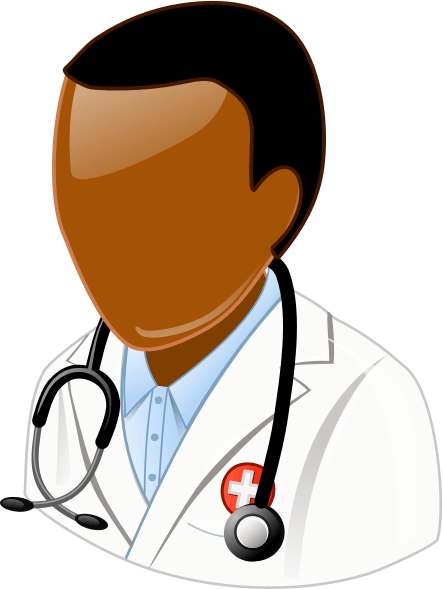 Learn all you can about them. Talk with your healthcare professionals. There may strategies that you can take to reduce your risk. It is really easy to get into the habit of doing something without realizing that it is either contributing toward or away from your health.
Learn all you can about them. Talk with your healthcare professionals. There may strategies that you can take to reduce your risk. It is really easy to get into the habit of doing something without realizing that it is either contributing toward or away from your health.
Not everything can be avoided. Many things can! Think ahead and be proactive.
Almost all accidents and injuries happen when an individual is not being present and not paying attention to what they are doing.
―Tobe Hanson
Slow & Steady Wins
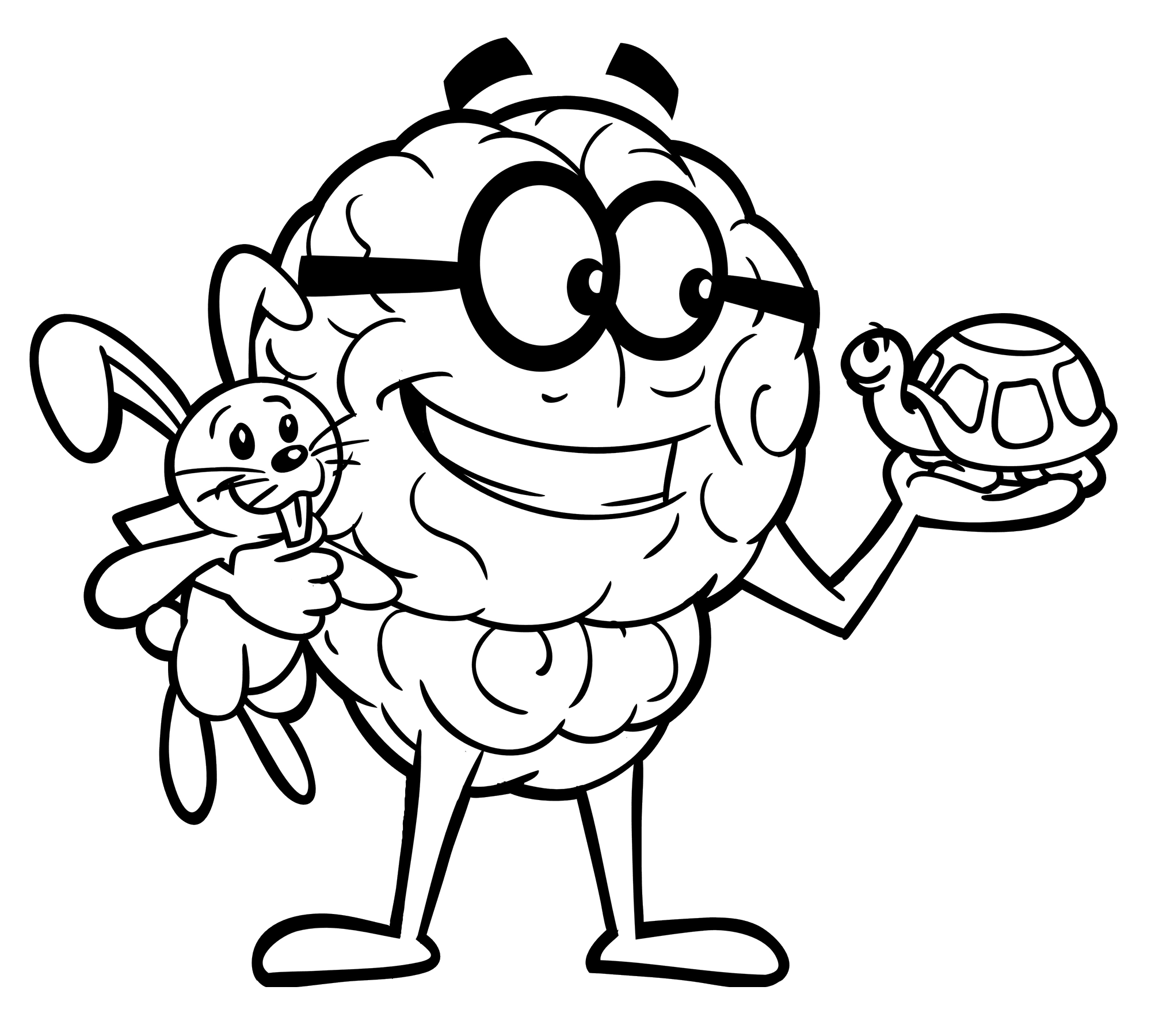
Concentrate on Module 6 during this entire week. Do your Daily Goals; reread the sections; relisten to the videos and audiobook excerpts. It takes the average adult four times through to really absorb the material and turn it into a new behavior. If you want positive results, rushing through the material just because you can, may not provide the desired outcome.
Practice, practice, and practice the strategies you are learning. Get plenty of sleep so your brain has time to ‘consolidate’—transfer—what you are learning from short term to long term memory. Drink plenty of water to keep your brain hydrated and able to generate the mental energy you need, plus help prevent clots and strokes.
| Presumption is the opposite of Prevention. —Bhavik Sarkhedi |
Safety begins with you. Injury prevention begins with you—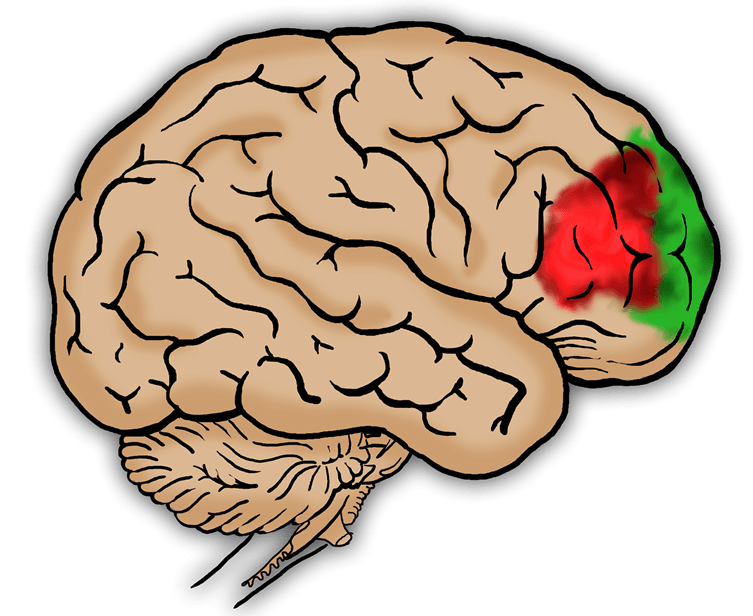 in your brain. If you have not been proactive about safety before, start now—on a daily basis—because safety matters. No question: prevention beats cure.
in your brain. If you have not been proactive about safety before, start now—on a daily basis—because safety matters. No question: prevention beats cure.
An ounce of prevention is worth a pound of cure. ―Benjamin Franklin
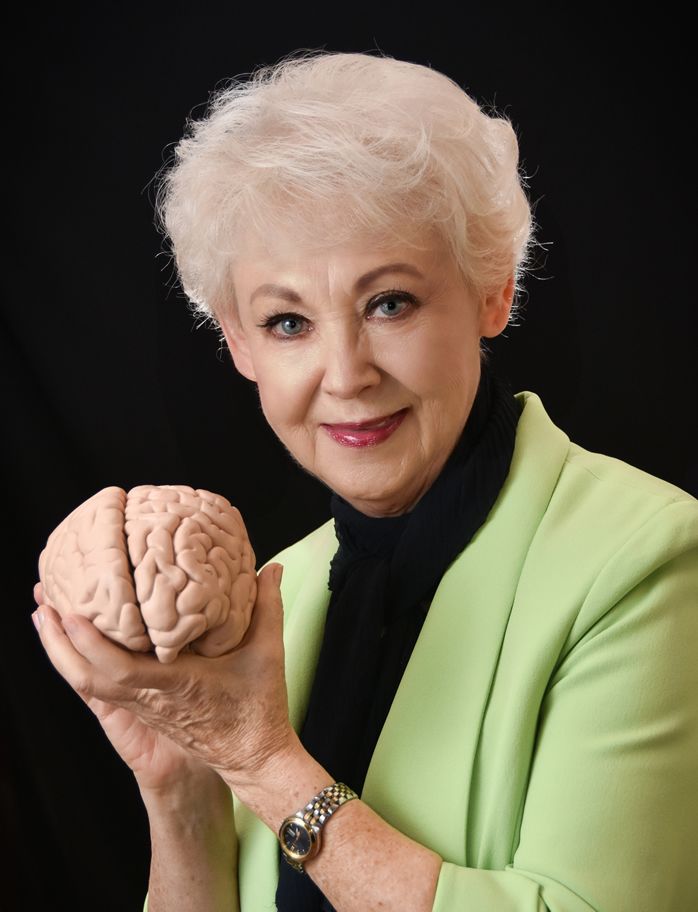 See you next week for LLM Online Module 7
See you next week for LLM Online Module 7
Topic:
Sunshine—Two sides of one coin
Lesson List
- Module 2 – Emotional Intelligence (EQ)
- Module 2 – To Begin
- Module 2 – Slow & Steady Wins
- Module 1 – Mindset and Self-talk
- Module 1 – To Begin
- Module 1 – Slow & Steady Wins
- Module 1 – Mindset (educational video)
- Module 1 – Birds & Brains (video)
- Module 1 – Just the Facts - Chapter 1 (audio)
- Module 1 – Just the Facts - Chapter 2 (audio)
- Module 2 – EQ (Emotional Intelligence) (video)
- Module 2 – Just the Facts - Chapter 3 (audio)
- Module 4 – Sleep
- Module 4 – To Begin
- Module 4 – Slow & Steady Wins
- Module 3 – Mental & Physical Exercise
- Module 3 – To Begin
- Module 3 – Slow & Steady Wins
- Module 5 – Water
- Module 5 – To Begin
- Module 5 – Slow & Steady Wins
- Module 6 – Safety
- Module 6 – To Begin
- Module 6 – Slow & Steady Wins
- Module 7 – Sunlight
- Module 7 – To Begin
- Module 7 – Slow & Steady Wins
- Module 8 – Nutrition
- Module 8 – To Begin
- Module 8 – Slow & Steady Wins
- Module 10 – Support Network
- Module 10 – To Begin
- Module 11 – Stressors
- Module 10 – Slow & Steady Wins
- Module 9 – Laughter
- Module 9 – To Begin
- Module 11 – To Begin
- Module 9 – Slow & Steady Wins
- Module 11 – Slow & Steady Wins
- Module 12 – Life Satisfaction
- Module 12 – To Begin
- Module 12 – Slow & Steady Wins
- Module 2 — Birds & Brains, No. 2 - EQ (video)
- Module 3 – Exercise (educational video)
- Module 3 – Just the Facts - Chapter 4 (audio)
- Module 3 – Just the Facts - Chapter 5 (audio)
- Module 3 – Birds & Brains, No. 3 - Exercise (video)
- Module 4—Just the Facts - Ch. 6 (audio)
- Module 4—Birds & Brains #4 (video)
- Module 4—Sleep (educational video)
- Module 5—Water (educational video)
- Module 5 – Just the Facts - Chapter 7 (audio)
- Module 5 — Birds & Brains #5 (video)
- Module 6 – Safety (educational video)
- Module 6 – Just the Facts - Chapter 8 (audio)
- Module 7 – Birds & Brains #7 (video)
- Module 8 – Just the Facts - Chapter 10 (audio)
- Module 8 – Nutrition (educational video)
- Module 8 – Birds & Brains #8 (video)
- Module 7 – Just the Facts - Chapter 9 (audio)
- Module 6 — Birds & Brains #6 (video)
- Module 7 – Sunlight (educational video)
- Module 9 – Laughter (educational video)
- Module 9 – Just the Facts - Chapter 11 (audio)
- Module 9 – Birds & Brains #9 (video)
- Module 10 – Support Systems (educational video)
- Module 10 – Just the Facts - Chapter 12 (audio)
- Module 10 – Birds & Brains, No. 10 - Support Systems (video)
- Module 11 – Stressors (educational video)
- Module 11 – Just the Facts - Chapter 13 (audio)
- Module 11 – Birds & Brains No. 11 - Stressors (video)
- More Information
- Module 12 – Life Satisfaction (educational video)
- Module 12 – Birds & Brains, No. 12 - Life Satisfaction (video)
- Module 12 – Just the Facts - Chapter 14 (audio)
Teachers Info

Arlene R. Taylor, PhD
- Specialist:
- Website: https://www.arlenetaylor.org/
-
Arlene R. Taylor PhD, a leading speaker on brain function, is sometimes referred to as the brain guru. She specializes in simplifying this complex topic, with the goal of helping individuals understand more about the brain in general and their own in particular. She delights in helping others learn how to thrive by...

